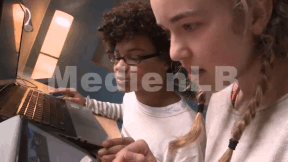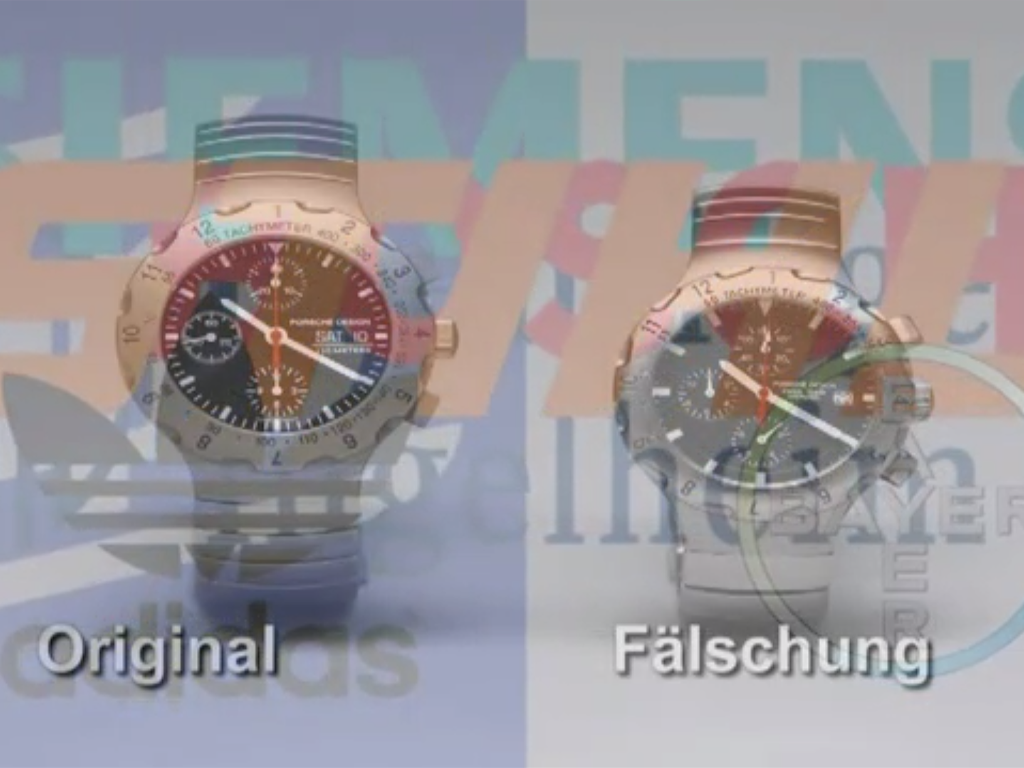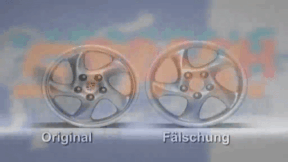 Biology
Biology
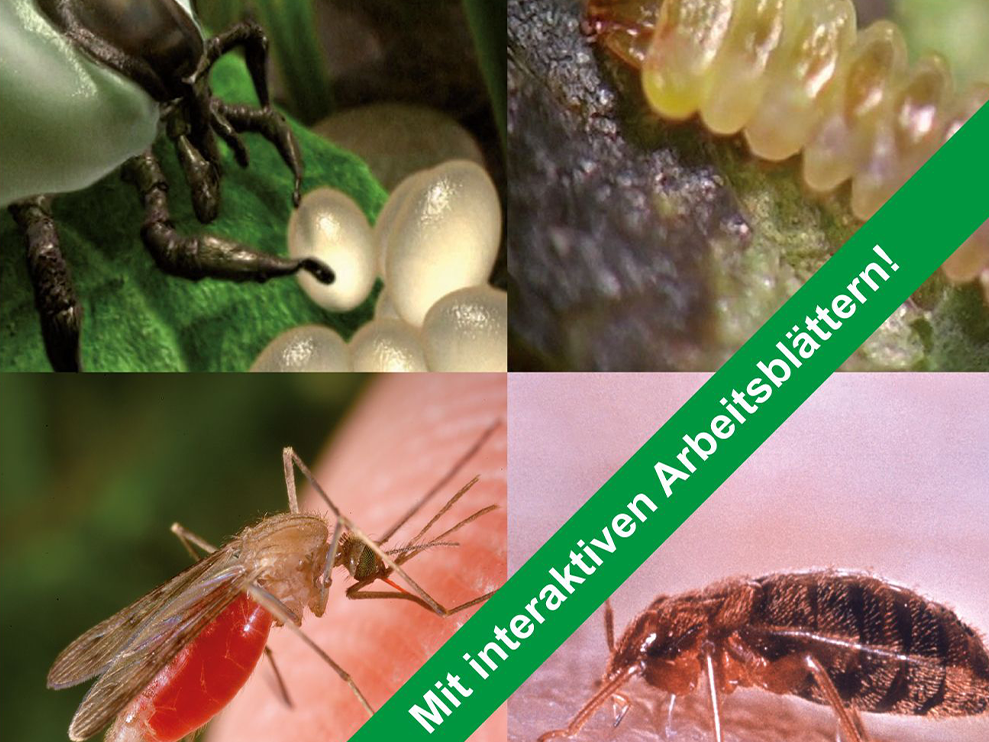
4667670 / 5558929
Parasites
Invisible Survival Strategies
Parasites are not a small group of organisms, as many believe. Parasitism is a specific mode of life in which one creature, a parasite, lives on another creature and feeds on it. Apart from well-known parasites such as ticks or bed bugs, also animals like the cuckoo or the ichneumon fly and plants, for example the mistletoe, live parasitically. With a lot of animations, recordings and microscope images the film illustrates how this ectoparasitic way of life evolves, to what extent the parasites deprive their hosts and what other living organisms engage in parasitism, too. Humans easily become hosts to parasites and the latter can transmit serious diseases. The malaria cycle and the danger of ESME are described and preventive measures that can be taken are shown.
With the extensive accompanying material the didactic DVD is perfectly suited for use in the classroom.
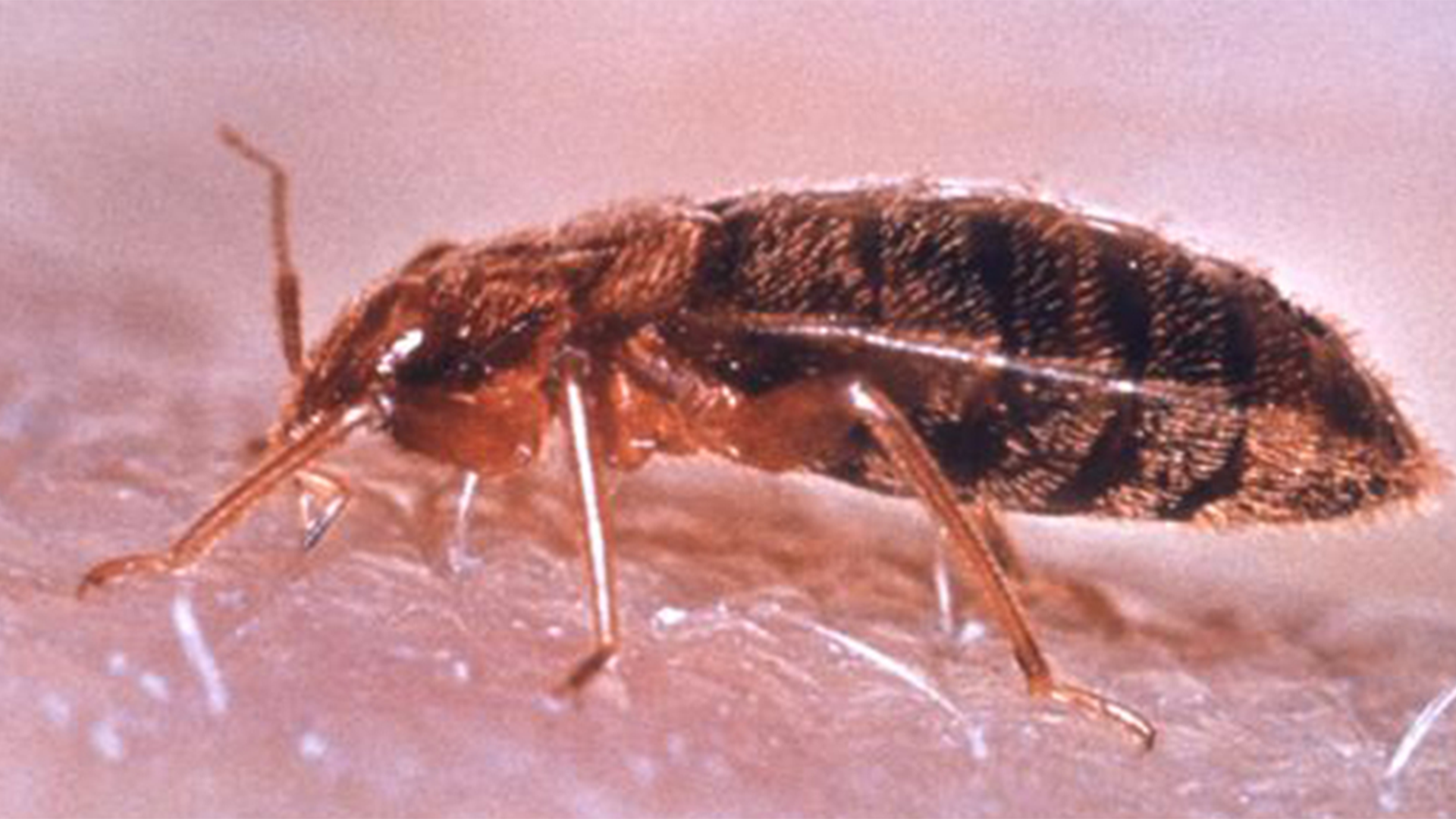
Curriculum-centred and oriented towards educational standards
Matching
Internet Addiction
The film consists of two parts. The first part is the 15-minute short film “In the Net”. It describes the problem of excessive Internet use in a humorous way, in particular the risk of losing touch with reality when chatting. The second part illustrates with three real persons how Internet addiction can develop and the problems encountered by those who are afflicted. The authentic statements are commented by an experienced therapist. For many pupils, the issues addressed here are related to their everyday lives. What is a “sensible” use of the Internet, where does pathological addiction start? In contrast to addiction to alcohol, nicotine or drugs, the public seems to be largely ignorant of the problem of this addiction, which is not related to any substance abuse. The film provides material for discussion in the classroom (crossdisciplinary) and can be used as a basis for the formulation of prevention strategies.
Product Piracy
Counterfeiting takes place in almost all economic sectors – textiles, watches, car parts, machine parts, tools, accessories, software and medicines. Some counterfeits are easy to recognise, others are so well-executed that even experts have difficulty distinguishing between original and imitation. This DVD covers the development of a product from idea to manufacture. Once a product has become a trademark, product pirates appear on the scene.





